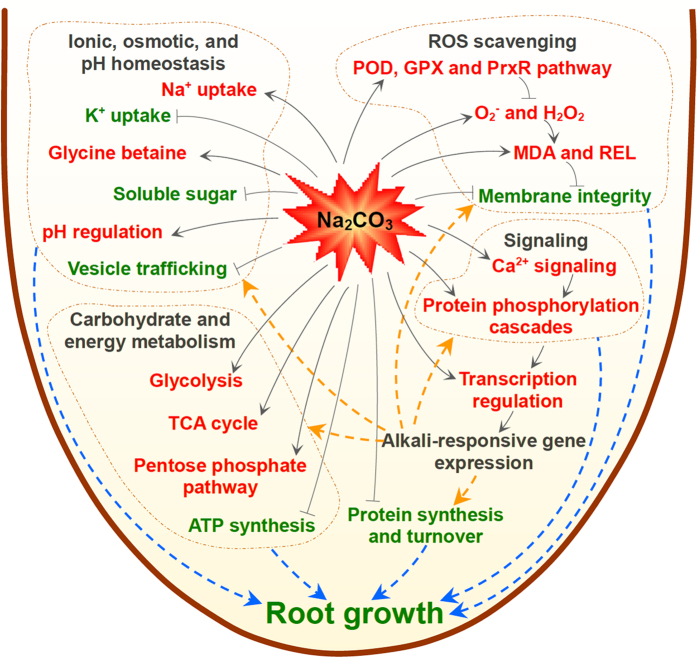Figure 9. Schematic presentation of systematic Na2CO3 tolerance mechanisms in roots of Puccinellia tenuiflora.
Na2CO3 stress activates the modulation of Na+ influx restriction, Na+ compartmentalization, H+ transportation, glycine betaine accumulation, and vesicle trafficking in roots, which contribute to intracellular pH, ionic, and osmotic homeostasis. In addition, alkali stress leads to ROS burst in roots, resulting in the damages of root cell membrane. To alleviate ROS toxicity, specific ROS scavenging pathways (e.g., POD, GPX, and PrxR pathways) are induced in roots. Na2CO3 induces glycolysis, TCA cycle, and pentose phosphate pathway, providing energy, carbon skeletons, and NADPH for cellular metabolism in stressed roots. Importantly, Na2CO3 stress increases the Ca2+-mediated signaling pathway, activates the protein phosphorylation cascades, and subsequently triggers alkali-responsive gene expression. However, the protein synthesis, processing and destination are inhibited in roots under Na2CO3 stress. Solid line with arrow and “T” shape line represent stimulation and inhibition, respectively. The red words and green words indicate Na2CO3-induced and Na2CO3-reduced cellular processes, respectively. Dashed lines indicate indirect regulations. Abbreviations: GPX, glutathione peroxidase; MDA, malondialdehyde; POD, peroxidase; PrxR, peroxiredoxin; REL, relative electrolyte leakage; ROS, reactive oxygen species; TCA, tricarboxylic acid.

